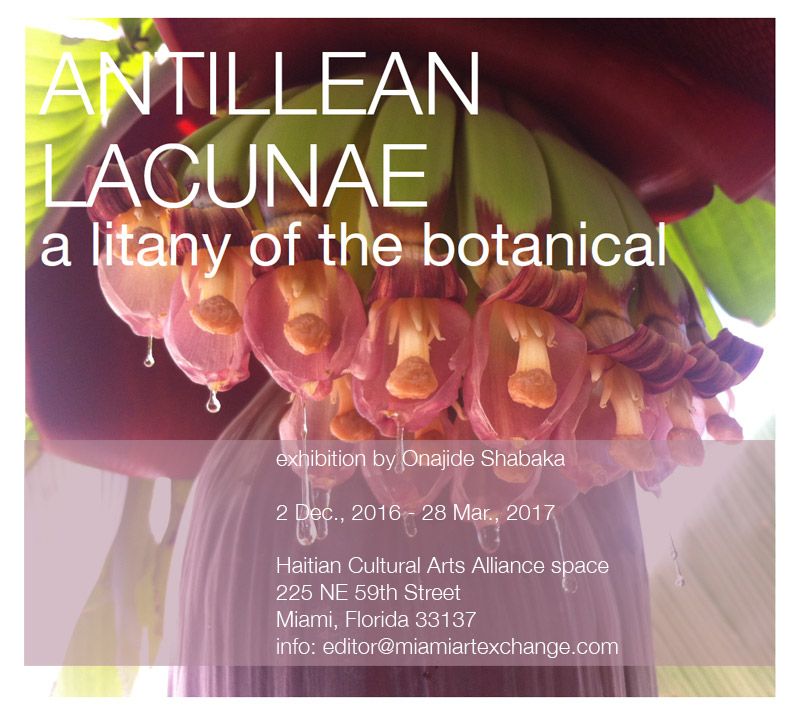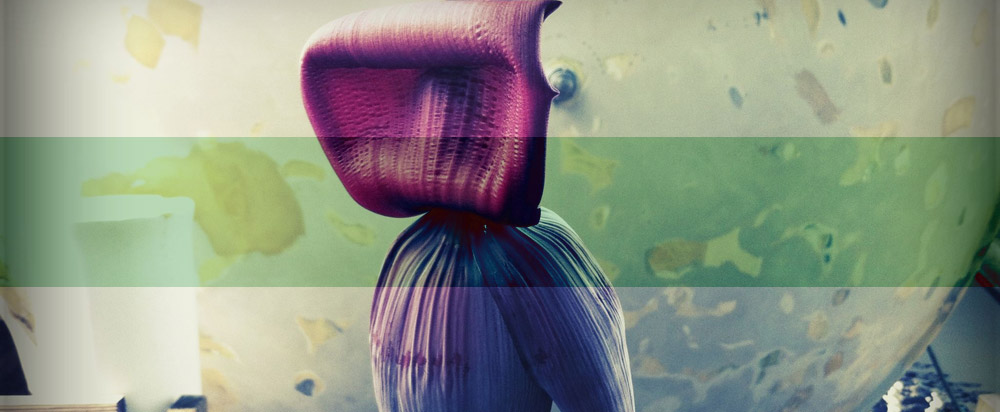
In 1972 while a student at California College of the Arts, Onajide Shabaka wanted to make a sculpture that reflected the arts of the African diaspora and chose Suriname maroon traditional wood working as his model. This recollection came back to him during an International Cultural Exchange in the spring of 2016, directed by Diaspora Vibe Cultural Arts Incubator.
While the Exchange went well, Shabaka now has the opportunity to return for an extended time to learn and share more with the local Surinamese arts community.
Suriname is a country of very modest means and virtually no direct connections of support for artists projects outside of the Netherlands.
Antillean Lacunae: A litany of the botanical, a multimedia exhibition, focuses on the concept of ethnobotany in the colonial and contemporary circum-Caribbean region.
The impact of the colonial enterprise where Africans were uprooted from their homes, transported under horrific conditions across the Atlantic and settled in a landscape that was familiar but alien. The African diaspora in particular is afforded minor credit as producers and consumers of ecological knowledge although their influence on evolving useful plant transference and plant relationships between Africa and the Americas was due to knowledge contained within the bodies of Africans and Amerindigenes.
It is through these foodways, humble and culturally significant, rather than plantation commodities, that we begin to understand the role of Africans in shaping the farming systems of the Americas. This exhibition’s open invitation to visit, discuss and visually explore the relations between the colloquial, nutritional, ritual and medicinal uses of a number of plants.
26 crops native to or introduced from Africa (millet, sorghum, rice, yams, watermelon, plantains, black-eyed peas, etc.) influence people’s lives globally today.
Working with indigenous, non art materials from numerous walks around the United Sates, Shabaka’s art practice envisages mobility, freedom, place, time, geology, human scale, and the reality of the landscape. The importance of engagement with urban desolate, subsistence and wilderness areas are important for our understanding of how environments interconnect and the human impact thereupon, and a more direct personal experience. Shabaka is interested in the equation between words and image, words and things, words and object.
Recent article by Anne Tschida read full article here.
